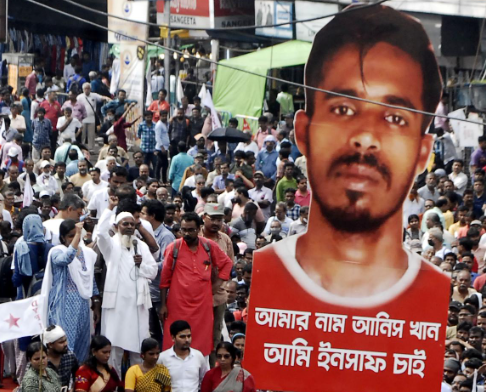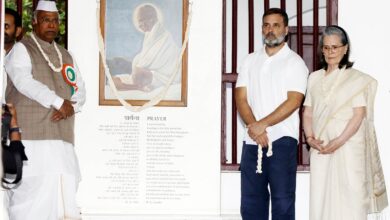Bengal Offers A Glimmer Of Hope For The Left

The police refused the organizers, the student and youth wing of the Communist Party of India (Marxist), permission to set up a stage at an “Insaaf Rally” on September 20 in Kolkata. Emboldened by the throng, CPI(M) West Bengal Secretary Mohammad Salim declared that while the administration may refuse to provide a “Mancha (stage),” it cannot prevent “manush (people)” from attending the rally. The CPI(M), in particular, has drawn sizable crowds to its rallies over the past few months in the State.
The opposition space in West Bengal has been getting smaller ever since the Trinamool Congress successfully resisted the BJP’s attack during the 2021 Assembly elections. In addition to sweeping the civic elections following 2021 and winning every byelection, the Trinamool also saw a dramatic decline in support for the BJP, the State’s primary opposition party. The votes cast for the Left parties were often equal to or greater than those cast for the BJP. For instance, the CPI(M) candidate received more votes than the BJP candidate in the March 2018 byelection for the Ballygunje Assembly constituency.
West Bengal politics have been in a state of upheaval since 2021. Despite its electoral success, the Trinamool government is fighting scandals, and the BJP has been unable to stop its downward political spiral. The predicament offers the Left a slim chance to make up lost ground. The passing of student activist Anish Khan in February 2022 served as a focal point for the CPI’s student and youth wings. Recently, Left party cadres took to the streets in response to allegations of corruption in the School Service Commission’s recruitment process.
The Left parties, in particular, the CPI(M), struggle to mobilize their core constituency while drawing sizable numbers. With the help of the working class, farmers, and employees in unorganized sectors, such as labor-intensive industries like tea and jute, the Left ruled West Bengal for 34 years (1977–2011). Trade unions have all but vanished in the more than 11 years since the Left Front was ousted by the Trinamool. The workers’ ability to fight for their rights has been all but impossible as a result. The base of support for Left-leaning parties included a sizable portion of farmers as well. The influence of Left-leaning parties over farmers and sharecroppers has also weakened under Trinamool rule. Despite reports of agrarian distress, the Left has not been able to inspire farmers.
A leadership crisis is also present. There hasn’t been a mass leader who connects with the Left’s cadres, both young and old since former West Bengal Chief Minister Buddhadeb Bhattacharjee withdrew from active politics owing to deteriorating health. The CPI(M) has made attempts to recruit fresh talent, but so far without success. While bringing in student leaders from Jawaharlal Nehru University in New Delhi or universities in Kolkata may make headlines, the party has not benefited electorally from such actions.
The current political climate presents the Left parties with an opportunity to engage with their primary electorate, the working class. When jute mills in south Bengal are closed, employees in tea gardens in the Dooars aren’t paid, or agrarian misery causes farmer deaths in Bardhaman or Hooghly, they need to take greater initiative. The Left may take up the case of the thousands of workers in West Bengal who have not received their wages for labor performed under MGNREGS.
The Left likewise struggles with unclear messaging. The Left’s strategy for the past four to five years, ever since the BJP started to broaden its support in West Bengal, has been to simultaneously and frequently in the same sentence target both Prime Minister Narendra Modi and Chief Minister Mamata Banerjee as “Modi” and “Didi.” While there is nothing inherently wrong with this type of political messaging, the Left parties must make it clear to their supporters who their main political rival is at the moment.
Furthermore, the Left needs to come together more. The CPI(M) and the other Left-leaning parties are completely unrepresented in the State Assembly. Holding various programs thus makes little sense. In fact, there is a need to organize more Left-leaning organizations and run ongoing campaigns for workers’ and farmers’ rights.
News Mania Desk






